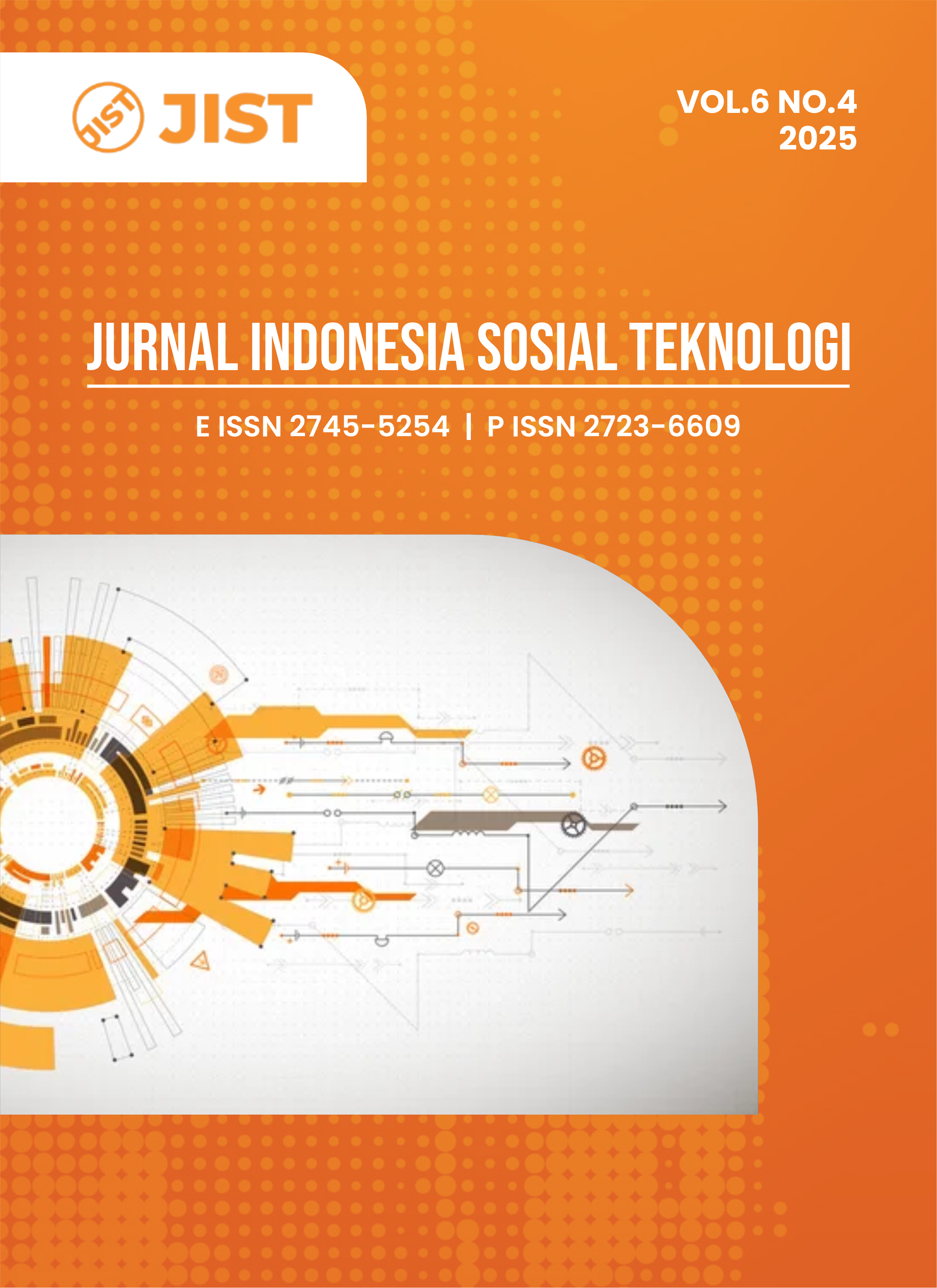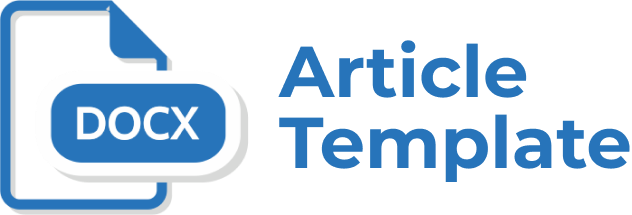Evaluation of Electronic Medical Record Downtime at MRCCC Siloam Semanggi Cancer Hospital Using Emram and ISO 22301 Framework
DOI:
https://doi.org/10.59141/jist.v6i3.9015Keywords:
EMRAM, ISO 22301 Framework, electronic medical records, MRCCCAbstract
Downtime is a term to describe a condition in which a computer or information system is offline or not operating, a process that must occur in an information system, either on schedule or at an unwanted time. The electronic medical record system at MRCCC Siloam Semanggi Hospital experienced unplanned downtime more than twice in a relatively long period of time, disrupting patient health services and declining business revenue. The quality of electronic medical records at MRCCC Siloam Semanggi Hospital and the readiness of services when system downtime occurs, is known using the standard method of Electronic Medical Record Adoption Model (EMRAM) and the ISO 22301 Framework. The purpose of this study is to assess the readiness of hospitals in handling EMR downtime and improving their operational resilience. A mixed-method approach was used, which included direct observation and distribution of questionnaires to general practitioners. The ISO 22301 framework is used to evaluate hospital downtime management practices, while the EMRAM model is used to measure the maturity level of EMR adoption. The results show that the readiness of hospitals to deal with EMR downtime, according to the ISO 22301 standard, reaches 83%. The results of the EMRAM questionnaire show that although the EMR system is mostly available, some users experience inconsistencies when downtime occurs. This study concluded that MRCCC Siloam Semanggi Cancer Hospital is well prepared for EMR downtime, but improvements in training, simulation, and system upgrades are still needed. The study has significant implications for hospital management, with recommendations to implement stronger downtime protocols and regular training programs to minimize disruptions caused by EMR failures.
Downloads
Published
How to Cite
Issue
Section
License
Copyright (c) 2025 Anom Suseno, Pipit Dewi Arnesia

This work is licensed under a Creative Commons Attribution-ShareAlike 4.0 International License.
Authors who publish with this journal agree to the following terms:
- Authors retain copyright and grant the journal right of first publication with the work simultaneously licensed under a Creative Commons Attribution-ShareAlike 4.0 International. that allows others to share the work with an acknowledgement of the work's authorship and initial publication in this journal.
- Authors are able to enter into separate, additional contractual arrangements for the non-exclusive distribution of the journal's published version of the work (e.g., post it to an institutional repository or publish it in a book), with an acknowledgement of its initial publication in this journal.
- Authors are permitted and encouraged to post their work online (e.g., in institutional repositories or on their website) prior to and during the submission process, as it can lead to productive exchanges, as well as earlier and greater citation of published work.










